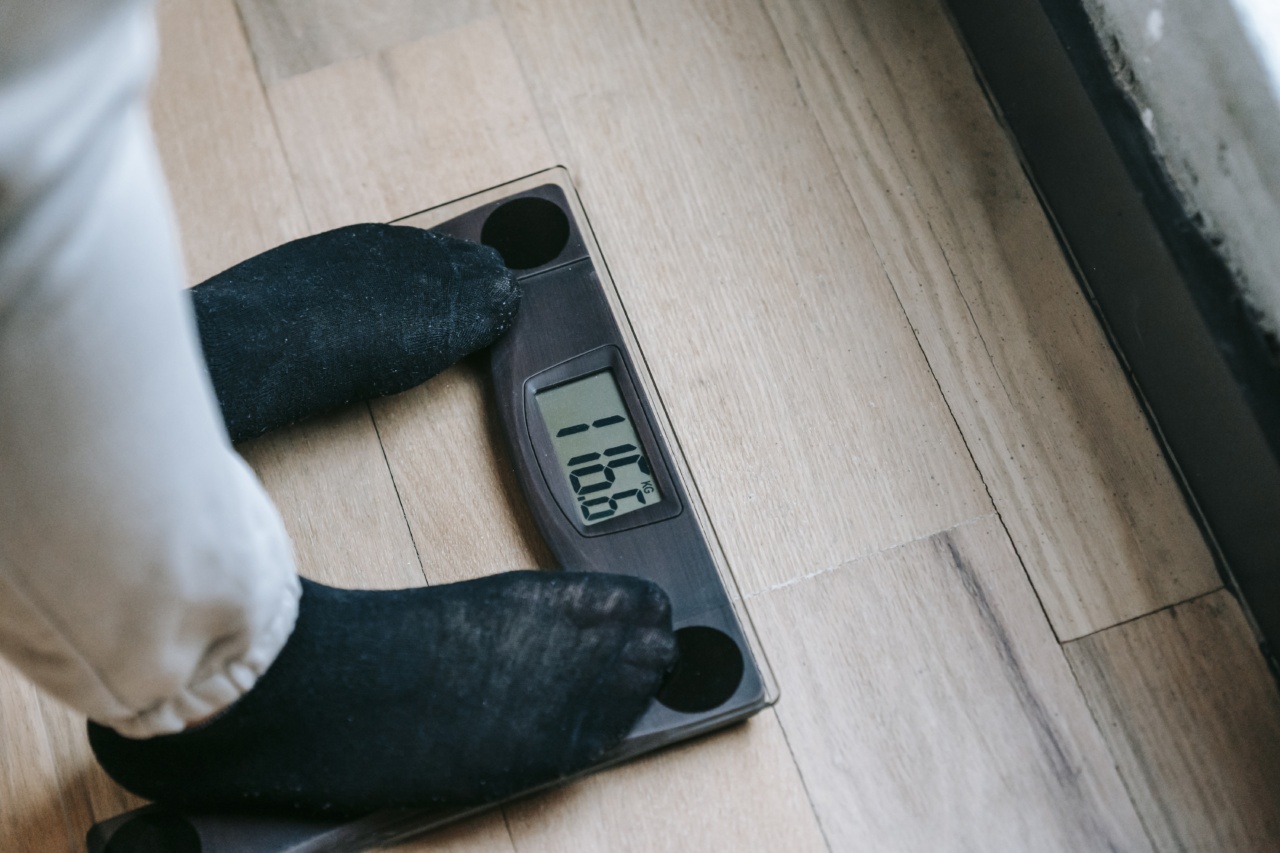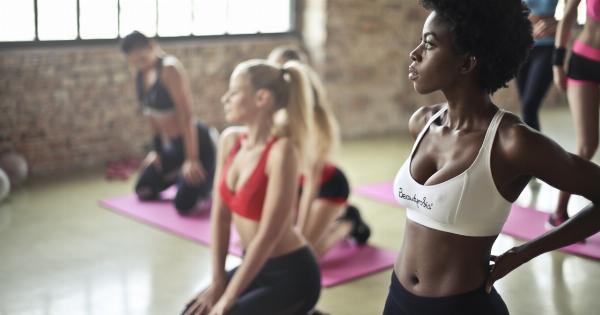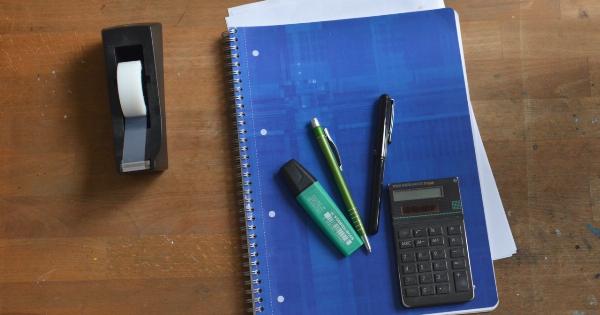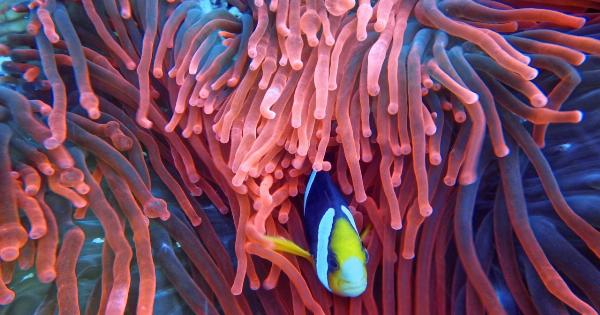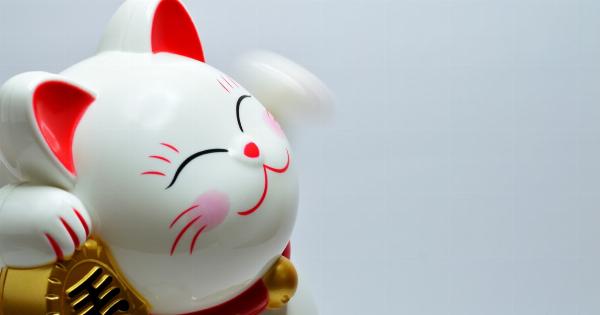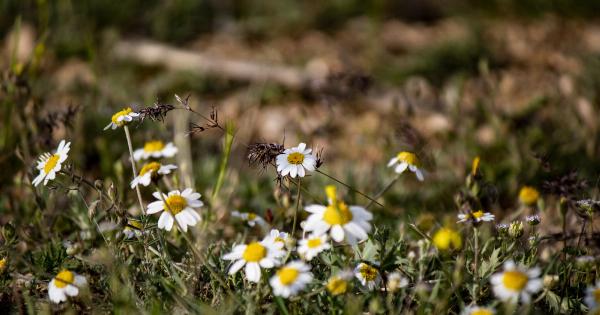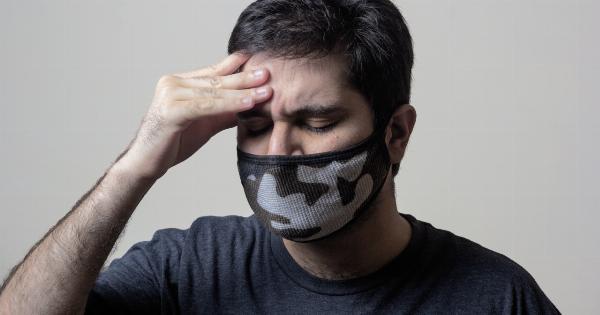Bladder control and erection function are two crucial aspects of men’s health that can greatly impact their overall quality of life.
While these issues may become more prevalent with age, certain exercises and lifestyle modifications can help improve and maintain both bladder control and erection function. In this article, we will explore some effective workouts that target these specific concerns.
1. Kegel Exercises
Kegel exercises are often associated with strengthening the pelvic floor muscles, primarily targeting bladder control. However, they can also be beneficial for enhancing erection function.
Kegels involve contracting and relaxing the muscles responsible for controlling urine flow. To perform kegel exercises:.
– Locate the muscles by stopping urination midstream. These are the muscles you will target during kegels.
– Once identified, squeeze and contract these muscles for about 5 seconds.
– Release and relax the muscles for another 5 seconds.
– Repeat this cycle for about 10-15 repetitions, three times a day.
2. Aerobic Exercises
Aerobic exercises, such as walking, jogging, cycling, or swimming, are valuable for overall cardiovascular health.
Engaging in regular aerobic activity can improve blood flow and circulation, which has a positive impact on both bladder control and erection function. Aim for at least 30 minutes of moderate-intensity aerobic exercise, five times a week, to reap the benefits.
3. Yoga
Yoga is a holistic practice that combines physical poses, breathing exercises, and meditation.
Specific yoga poses can help strengthen the pelvic floor muscles, improve blood circulation, and reduce stress levels – all of which contribute to better bladder control and erection function. Some beneficial yoga poses to incorporate into your routine include:.
– Bridge Pose (Setu Bandhasana).
– Cobra Pose (Bhujangasana).
– Child’s Pose (Balasana).
– Butterfly Pose (Baddha Konasana).
4. Weightlifting
Weightlifting exercises that target the lower body can be especially helpful in improving erection function. Squats and deadlifts are fantastic compound exercises that engage multiple muscle groups, including the pelvic floor muscles.
These exercises increase testosterone production, improve blood circulation, and strengthen the core muscles.
5. Pilates
Pilates is a low-impact exercise system that focuses on core strength, flexibility, and overall body control. It helps strengthen the pelvic floor muscles and improves the mind-muscle connection.
By engaging the core and pelvic muscles during Pilates exercises, you can enhance bladder control and erection function. Some effective Pilates exercises include:.
– The Hundred.
– Scissor Kick.
– Side Leg Lifts.
6. Dietary Modifications
Alongside exercise, certain dietary modifications can further support bladder control and erection function. Consuming a well-balanced diet with plenty of fruits, vegetables, whole grains, lean proteins, and good fats is essential.
Avoiding processed foods, excessive salt intake, and sugary drinks can help maintain a healthy weight and reduce the risk of inflammation or conditions that may negatively affect urinary and sexual health.
7. Quit Smoking
Smoking can have adverse effects on bladder control and erection function. The chemicals in cigarettes can damage blood vessels and hinder blood flow, affecting both the urinary and reproductive systems.
Quitting smoking is an essential step towards improving overall health, including bladder control and erection function.
8. Stay Hydrated
Proper hydration is crucial for maintaining bladder health. Drinking an adequate amount of water throughout the day helps flush out toxins and keeps the bladder functioning optimally.
Strive to drink at least eight 8-ounce glasses of water daily and limit the consumption of bladder-irritating beverages like alcohol and caffeine.
9. Stress Management
Chronic stress can negatively impact bladder control and erection function. Engaging in stress-reducing activities like meditation, deep breathing exercises, or pursuing a hobby can help regulate the body’s stress response.
Reducing stress levels promotes better overall health and can positively influence both bladder control and erection function.
10. Consult a Specialist
If you continue to experience persistent issues with bladder control or erection function despite incorporating these exercises and lifestyle modifications, it is recommended to consult a healthcare professional or specialist.
They can assess your specific condition and provide personalized advice or treatment options.
